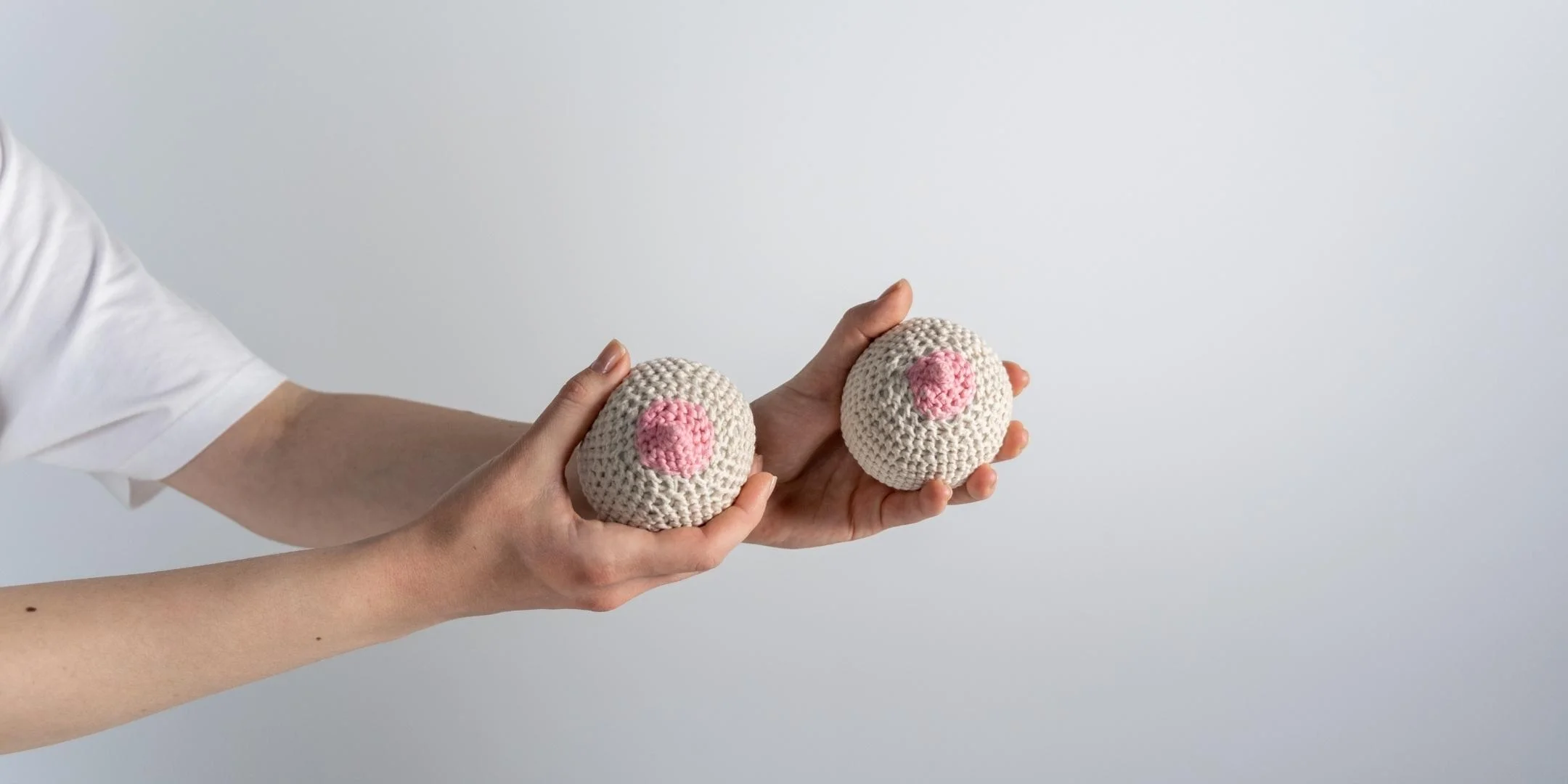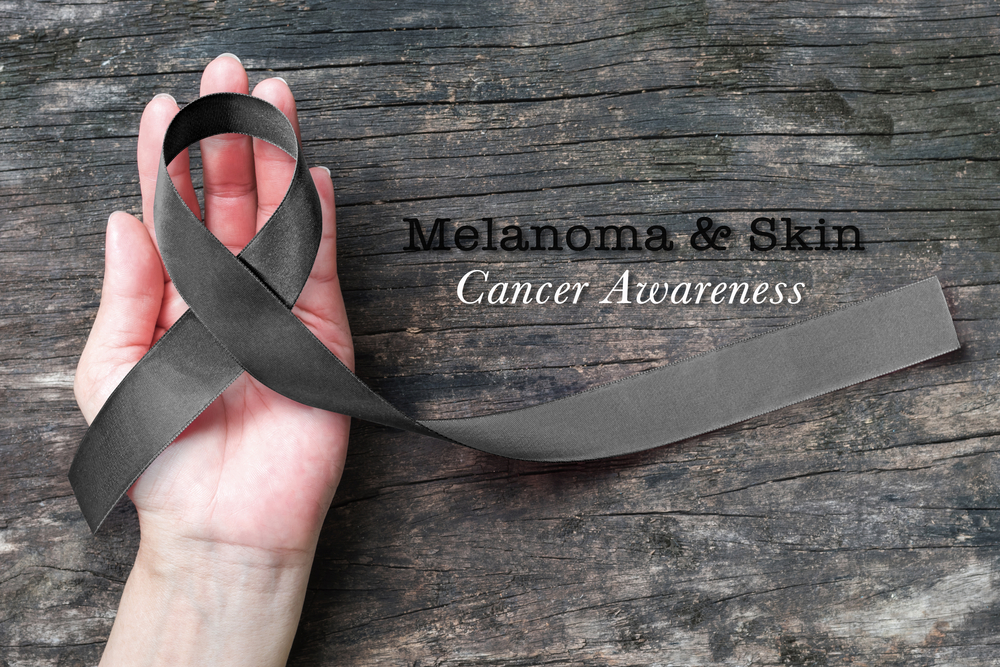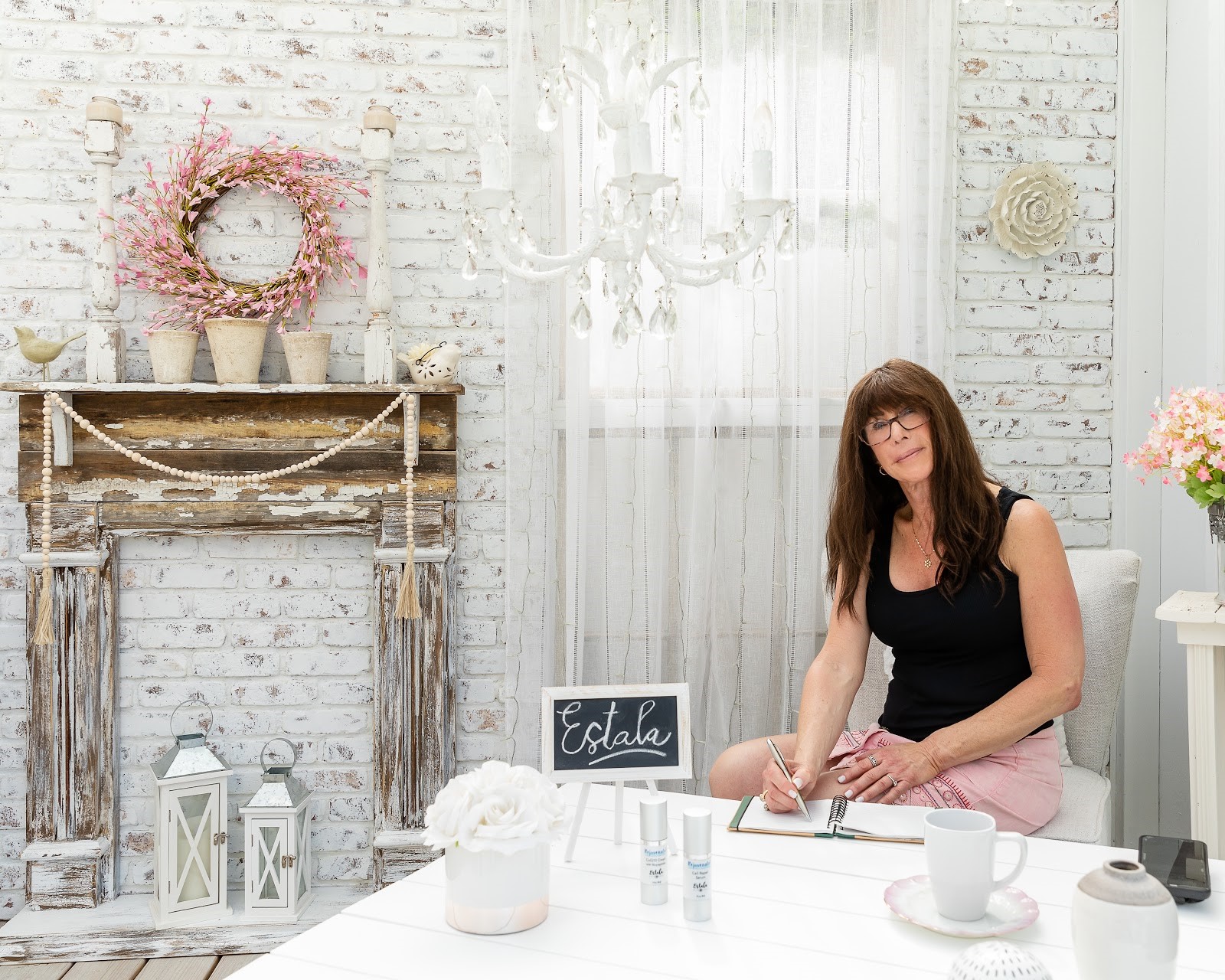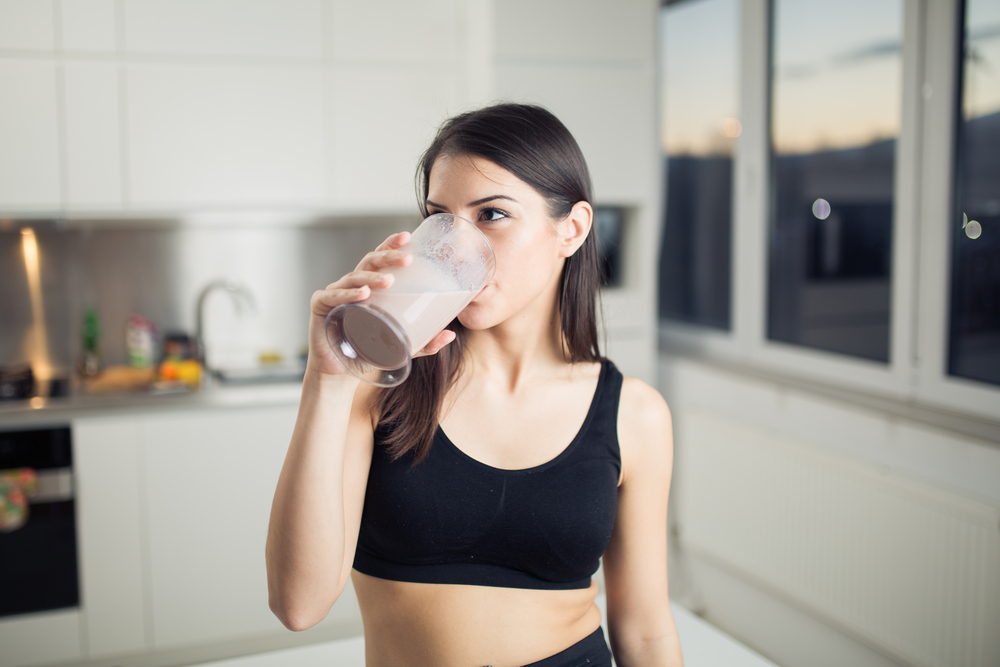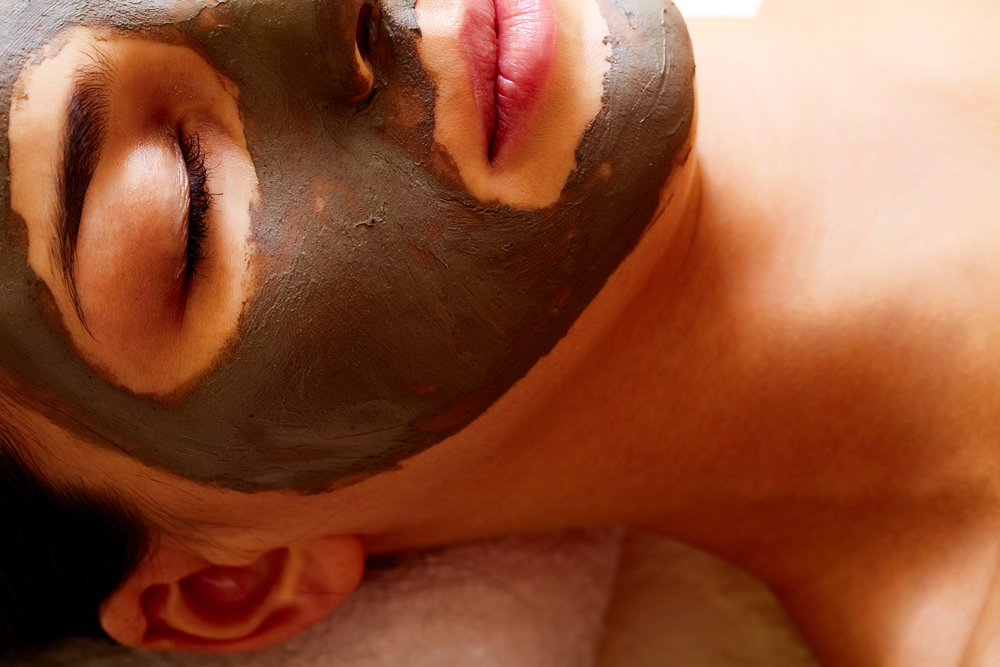Our bodies are unique and wonderfully diverse, and so is our skin. It’s our body’s protective shield and comes in all shapes, sizes, and textures. Today, let’s talk about something that many might find intriguing yet completely normal – large pores on the breasts. Yes, you read that right! Just like the pores on your face, your breasts have them, too, and they play a vital role in keeping your skin healthy.
What Are Pores, Anyway?
Pores are tiny openings in our skin that allow it to breathe and release oils, sweat, and other substances. They’re like tiny channels connecting our skin to the world outside. While pores are commonly associated with the face, they exist all over our bodies, including the breasts.
Now, when it comes to large pores on the breasts, it’s essential to know that the size of the pores is largely determined by genetics. Some people naturally have larger pores, and that’s perfectly normal.
What Causes Large Pores On Breasts?
If you’re still wondering why your breast pores seem more noticeable, here’s the lowdown on a few contributing factors:
Increased Sebum Production
The sebaceous glands produce sebum, an essential oily substance that is essential for preserving skin moisture and providing protection. However, an overactive sebaceous gland can result in an excessive production of sebum. When sebum is produced in abundance, it can mix with dead skin cells and impurities, leading to the clogging of pores. This, in turn, causes pores to appear larger and contributes to skin issues such as acne.
Thick Hair Follicles
The size and density of hair follicles beneath the skin’s surface can influence the appearance of pores. Larger and thicker hair follicles create more noticeable pores, affecting the overall skin texture. Changes in hormones and genetic factors may contribute to the development of thicker hair follicles, exacerbating the issue of enlarged pores.
Reduced Skin Elasticity
Aging is a natural process that impacts the skin’s structure, particularly in terms of collagen production and skin elasticity. Collagen is a protein that maintains your skin firm and bouncy. As the years go by, collagen production takes a nosedive, leading to reduced skin elasticity. This means your skin loses its ability to snap back like it used to, and yes, you guessed it – larger-looking pores can appear.
Genetic Factors
Just like inheriting your grandma’s eye color, genetics can influence the skin’s characteristics. Some individuals may have a genetic predisposition to larger pores, and this trait can extend to the breast area. It’s like a family secret encoded in your genes, affecting your skin’s overall texture and appearance.
Sun Damage
Extended exposure to the sun’s ultraviolet (UV) rays can harm the skin, including the enlargement of pores. UV radiation speeds up the breakdown of collagen and elastin fibers, essential components for maintaining skin structure and elasticity. Additionally, sun damage thickens the outer layer of the skin, contributing to the appearance of larger pores.
Learning why your breast pores might look bigger – whether it’s because of skin oils, family traits, or sun exposure – is like uncovering a skin secret. Figuring out these reasons helps you take the right steps to keep your skin happy and healthy.
Treatments for Large Pores on Breasts
To tackle larger pores on the breasts, consider these effective treatments:
Topical Applications
Use skincare products containing ingredients like Vitamin C or AHAs. These help boost collagen, making your skin firmer and reducing the appearance of pores. It’s like a little spa treatment for your skin.
Oral Medications
Sometimes, taking pills containing antiandrogens or oral retinoids can help. They work from the inside to shrink oil glands, making your pores look smaller. It’s like having an internal team keeping things in check.
Dermatological Procedures
Dermatologists have some cool techniques. They might use treatments like chemical peels, microneedling, or laser therapy in more advanced cases. These methods work well when your pores need some extra care.
Consulting a doctor for personalized advice is always recommended, especially if symptoms like swelling, difficulty breathing, or prolonged throat discomfort occur.
Best Products for Large Pores on Breasts
Certain ingredients work really well for treating large pores, offering targeted solutions for visibly improved skin texture. These effective options include:
| Ingredient | Properties | Usage |
| Vitamin C | Boosts collagen production, improves skin elasticity | Topical applications, creams, serums |
| Alpha Hydroxy Acids (AHAs) | Exfoliates, promotes cell turnover | Topical treatments, exfoliating cleansers |
| Retinoids | Regulates oil gland size, enhances skin renewal | Oral medications, topical creams |
| Niacinamide (Vitamin B3) | Reduces inflammation, improves skin texture | Topical creams, lotions |
| Salicylic Acid | Exfoliates, unclogs pores, reduces oiliness | Topical treatments, cleansers with salicylic acid |
| Hyaluronic Acid | Hydrates, maintains skin moisture | Topical serums, moisturizers |
| Glycolic Acid | Exfoliates, improves skin tone and texture | Topical treatments, chemical peels |
| Lactic Acid | Exfoliates, softens skin | Topical treatments, gentle exfoliating products |
| Coenzyme Q10 (CoQ10) | Antioxidant, supports collagen production | Topical applications, antioxidant-rich creams |
| Green Tea Extract | Antioxidant, reduces inflammation | Topical creams, skincare products with green tea extract |
| Azelaic Acid | Anti-inflammatory, reduces redness and skin texture issues | Topical treatments, creams |
These ingredients can be incorporated into your skincare routine. Still, it’s advisable to perform a patch test and consult a healthcare professional if needed. Always consider individual skin sensitivities and preferences when choosing products.
Tips to Prevent Large Pores on Breasts
While large pores are mostly a natural part of our skin’s design, there are ways to keep your breast skin healthy. Certain practices can help minimize their appearance:
- Regular cleansing with a mild, hydrating soap can help prevent the buildup of oils and dead skin cells.
- Moisturizing is also crucial; it keeps the skin hydrated and can improve its overall texture. Use moisturizers suitable for your skin type.
- Promptly wiping off sweat can prevent pore enlargement and bacterial buildup.
- Gently exfoliate the skin to get rid of dead cells, promoting cell turnover and preventing pores from becoming clogged.
- Sun protection is equally important – applying sunscreen on your breasts, especially if they are exposed, can prevent sun damage and premature aging.
- Opt for skincare and body care products labeled as non-comedogenic to minimize the risk of clogging pores.
- Maintain a healthy and balanced diet rich in antioxidants and vitamins. Nutrient-rich foods contribute to overall skin health.
- Choose breathable and comfortable fabrics for bras and clothing to prevent skin irritation and promote good air circulation.
- Avoid wearing overly tight clothing that may cause friction or pressure on the breast area, potentially exacerbating skin issues.
- Practice good personal hygiene, including washing bras regularly and choosing breathable materials to prevent bacterial growth.
If concerns persist or worsen, consult a dermatologist for personalized advice and professional skincare recommendations.
Effective Dermatological Procedures for Large Pores
For those seeking more intensive treatment, dermatological procedures offer a solution. These include:
Chemical Peels
Chemical peels involve applying a solution like trichloroacetic acid or salicylic acid to your skin, helping remove the top or dead skin layers. This process promotes the development of new skin cells and can reduce the appearance of large pores.
Laser Treatment
Laser therapy uses focused light to target specific areas of the skin. It promotes collagen production and can improve skin texture, contributing to a reduction in the size of pores.
Microneedling
Microneedling uses a tool with tiny needles to create small punctures in the skin. This advanced technique stimulates collagen production, making the skin firmer and minimizing the appearance of pores.
These procedures should be considered after consulting with a dermatologist.
Conclusion
Large pores on breasts, while often genetic, can be managed through proper self-care and hygiene. It’s important to consult a physician for personalized treatment if discomfort or pain occurs. Remember, large pores are common and can be effectively treated with the right approach.





